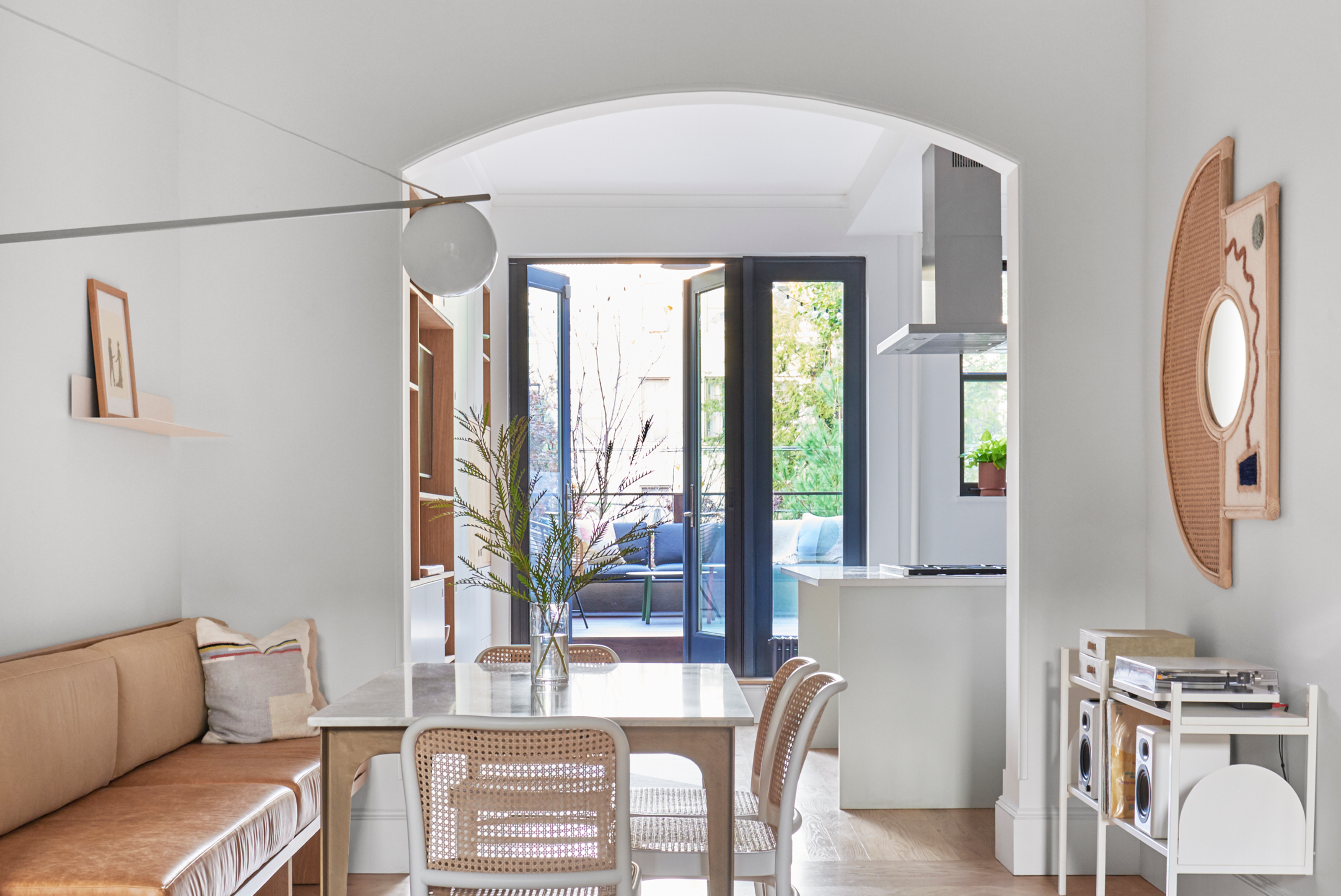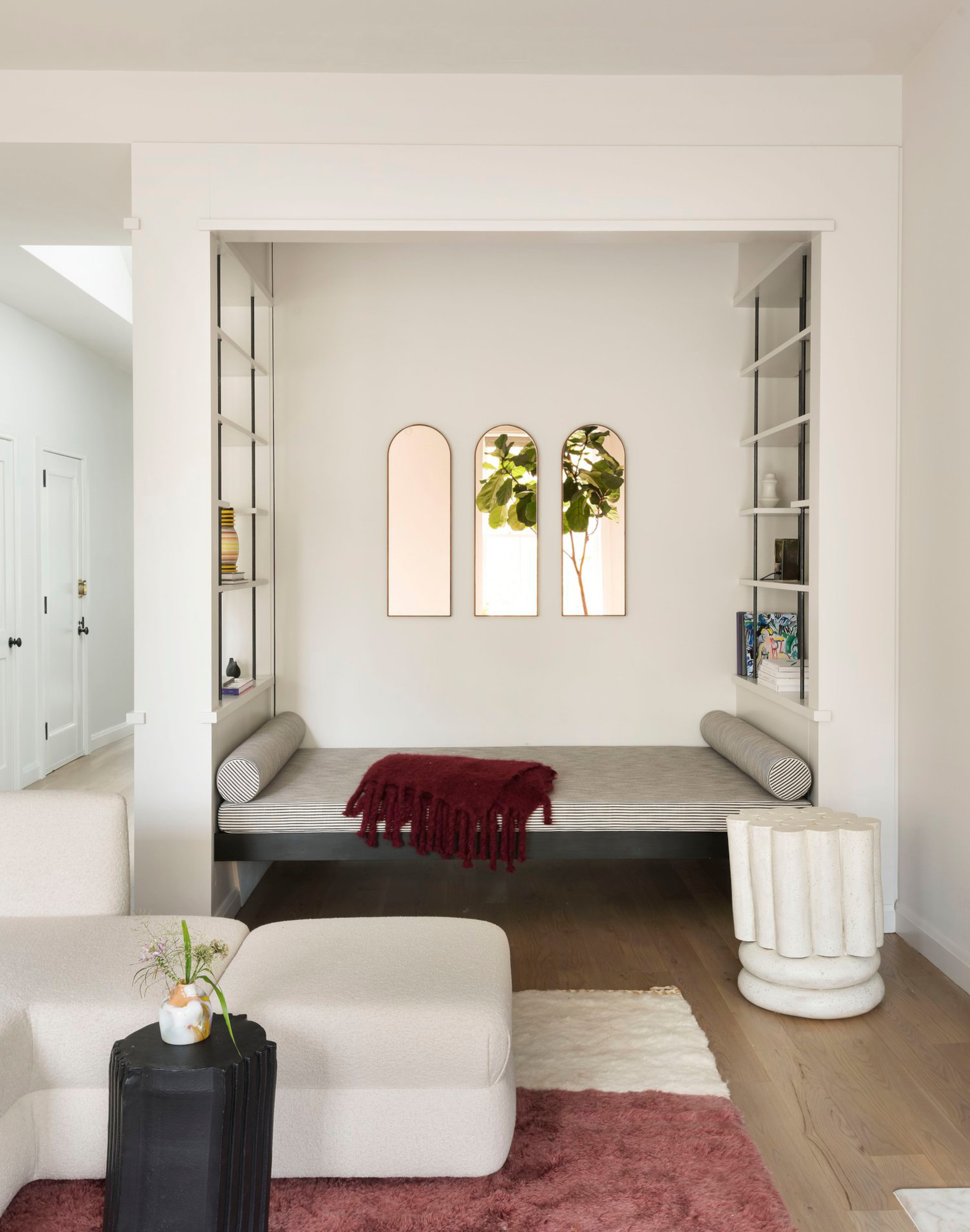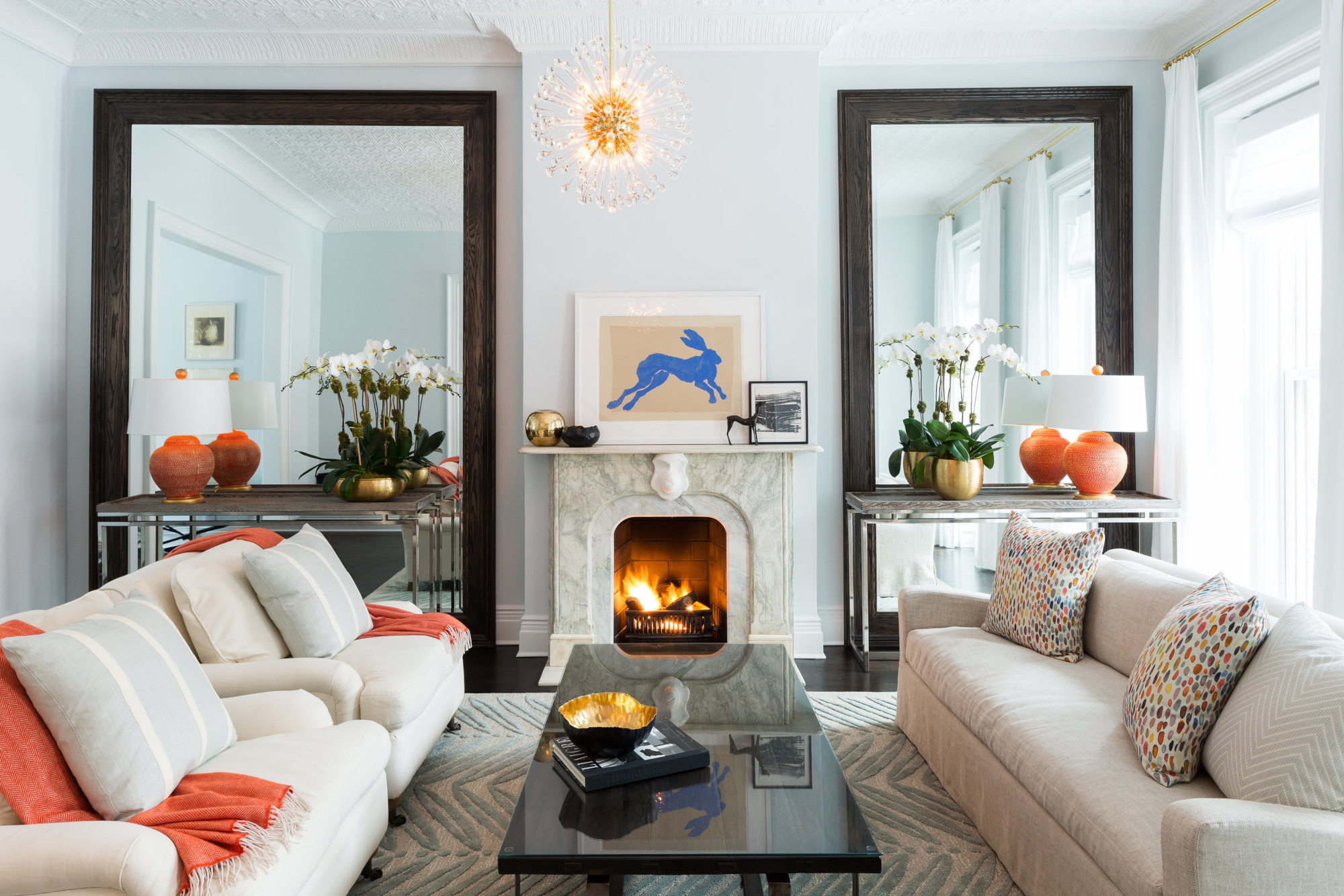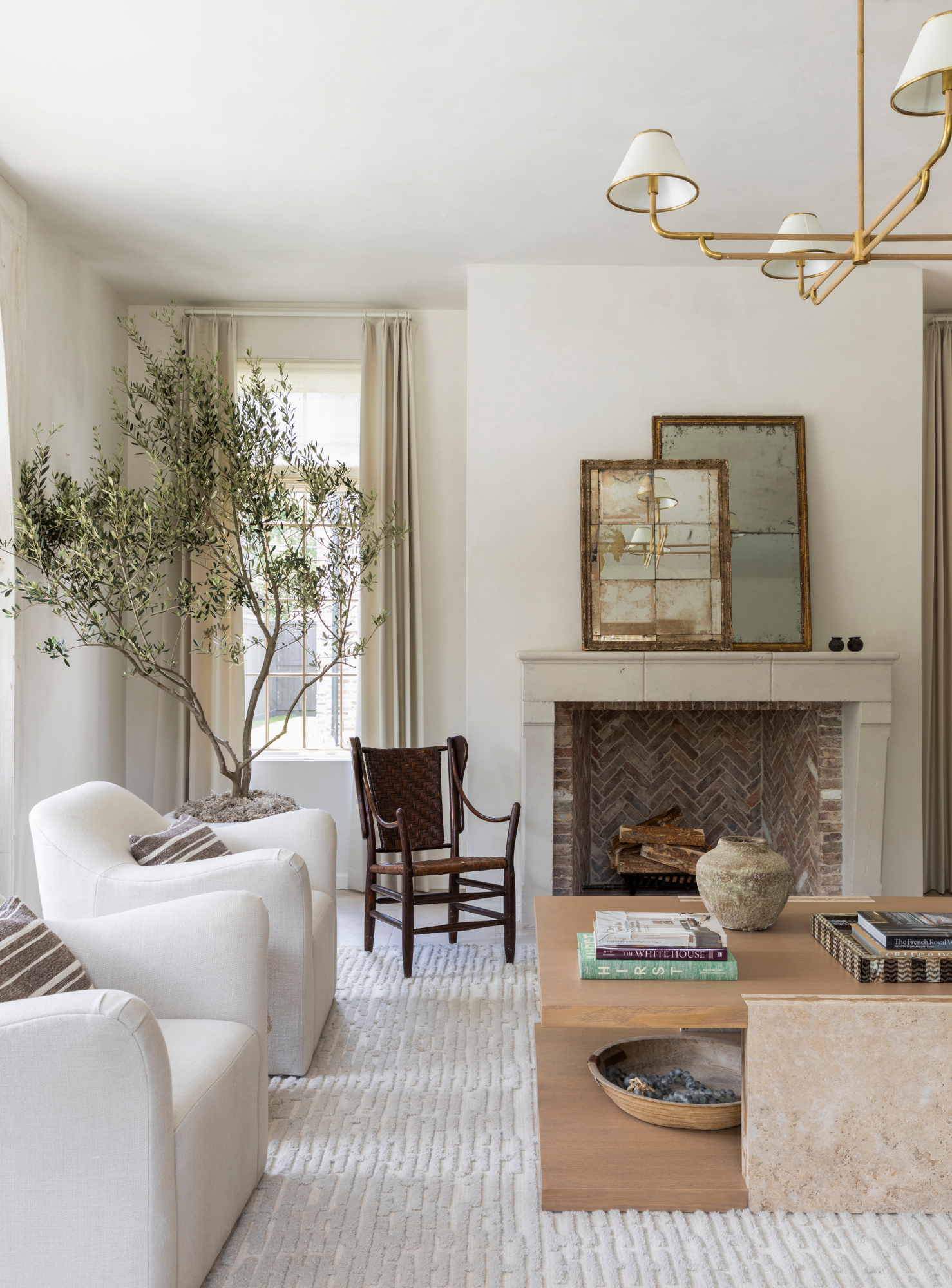Is it okay to have more than one mirror in a room? This is the one instance designers say it's never okay
Great design or style faux pas? We asked the experts for their thoughts on multiple mirrors – and how to use them to the best effect


If you’ve ever decorated a room with mirrors, you might have asked yourself the question: is it okay to have more than one mirror in a room? For some spaces, like a bathroom, the answer could be a straightforward yes: twin sinks, for example, might look a little odd without a mirror over each. But for other rooms, it gets a little trickier – and the interior design rules aren’t always clear-cut.
To figure out this conundrum once and for all, we spoke to interior design experts about how they use mirrors in their schemes, whether they’d use more than one mirror in a room – and if so, how they do it in a clever, stylish way.

Ellen is Livingetc's print editor, and an experienced interiors journalist. For this piece, she spoke to a number of interior designers and researched the most stylish schemes to find out whether using multiple mirrors in a room is a good idea – and how to nail the trend.
Is it okay to have more than one mirror in a room?

The first thing to note is that, as ever, designers don’t necessarily agree on the answer to this question. Interior design rules are there to be broken, after all, so how you decorate with mirrors ultimately depends on your style and preference – and the purpose behind them. After all, as Helen Pett, design ambassador at Arteriors, says, ‘Mirrors are arguably one of the more versatile accessories you can incorporate into your design scheme.’
‘Whether or not you include more than one mirror in a space always depends on where and how you're using each piece,’ says interior designer Marie Flanigan. ‘However, one mirror is typically enough, especially when they're being hung on walls or in the place of artwork. I wouldn't advise hanging mirrors on different walls within the same room. If you're using multiple mirrors, it's best to do so in a thoughtful grouping.’
There are times when more than one mirror offers functionality, too – in a bedroom or dressing room, for example, where you might need a full-length mirror for checking outfits and a smaller mirror over a dressing table for makeup and hair.
And of course, sometimes it’s just fun to go a little maximalist with a scheme. ‘There are so many types of mirrors that have different uses and create different looks depending on the design, from functional flat mirrors to circular convex mirrors, vintage starbursts and those in rattan or bamboo frames,’ say interior designers Anna McGregor and Lotte Martin, who own home and lifestyle store LAMP/LDN. ‘Once you have your “functional” mirrors in place to create light and to check your hair in, add smaller pieces in to create interest in your space.’
What are the benefits of having multiple mirrors in a room?

We know the light-enhancing benefits of reflective surfaces, and so multiple mirrors as a living room wall decor idea – or any room, for that matter – can offer real benefits. ‘Mirrors help reflect light and create the illusion of space,’ says Marie Flanigan. ‘In rooms that might feel small or need additional light, adding multiple mirrors can be a great solution.’ To maximize the benefits, place mirrors opposite a window, and use architectural features like a mantlepiece to position a mirror to frame a ceiling light.
The Livingetc newsletters are your inside source for what’s shaping interiors now - and what’s next. Discover trend forecasts, smart style ideas, and curated shopping inspiration that brings design to life. Subscribe today and stay ahead of the curve.
Amy Leferink, owner of Interior Impressions, also invokes another interior design rule as an argument for using multiple mirrors. ‘The rule of "threes" in design is based on the observation that odd numbers of objects tend to be more appealing and memorable than an even number of items,’ she say. ‘This especially applies to anything eye-catching, such as mirrors or wall decor, where creating that sense of visual harmony is imperative to a room looking and feeling polished. Mirrors hung in odd numbers not only look great, but they tell a story. This is why you so often see the triptych in art history – it’s a storied way of displaying art.’
How can you use multiple mirrors cleverly in a space?

So there are arguments to be made for multiple mirrors as a burgeoning mirror trend – but how can you use them to the best effect? For Marie Flanigan, it’s all about layering. ‘On a mantle or fireplace surround, layering mirrors can be a beautiful effect,’ she says. ‘However, make sure the mirrors have a bit of interest like a beautiful frame, unexpected shape or slight patina to them.’
‘My best advice when working with three mirrors is to play with proportion and scale,’ says Amy Leferink. ‘Either hang three equally spaced, at eye level or slightly higher, or play with the idea of one larger frame juxtaposed against two smaller ones, to create some dynamic tension on the wall.’
You can also use multiple mirrors to highlight architectural details – like alcoves either side of a fireplace, which when filled with floorstanding mirrors creates the illusion of extra space.
Anna McGregor and Lotte Martin recommend focusing on the placement of your main mirror – the statement piece, if you will – before positioning the rest. ‘One large mirror above a mantle piece or in a hallway above a radiator cover is a timeless way to dress a wall and create light,’ they say. ‘Add to this with decorative mirrors to add texture and bounce even more light around the room.’
Should you use mirrors on opposite walls – and are there any other interior design rules to know?

This one is a big no-no – from us and the designers. ‘Unless you want to live in a hall of mirrors, don’t place two large flat mirrors opposite each other in a room, unless the room is huge!’ say Anna McGregor and Lotte Martin. Instead, they suggest matching a mirror piece with something a little different: ‘If you have two mantelpieces in a room, place a mirror above one and a piece of art above the other.’
As for other interior design rules, don’t forget to pay attention to what’s reflected in your mirrors. You can use mirrors to frame an interesting lighting fixture, as we’ve already mentioned, or a piece of art that sits opposite. A mirror positioned against a wall can also reflect a key piece of furniture you want to pay attention to. Avoid placing your mirrors opposite a plain wall, if you can – it’s a wasted chance to layer up your scheme and add that extra dose of interest.

Ellen is deputy editor of Livingetc magazine. She works with our fabulous art and production teams to publish the monthly print title, which features the most inspiring homes around the globe, interviews with leading designers, reporting on the hottest trends, and shopping edits of the best new pieces to refresh your space. Before Livingetc she was deputy editor at Real Homes, and has also written for titles including Homes & Gardens and Gardeningetc. Being surrounded by so much inspiration makes it tricky to decide what to do first in her own flat – a pretty nice problem to have, really. In her spare time, Ellen can be found pottering around in her balcony garden, reading her way through her overstacked bookshelf or planning her next holiday.